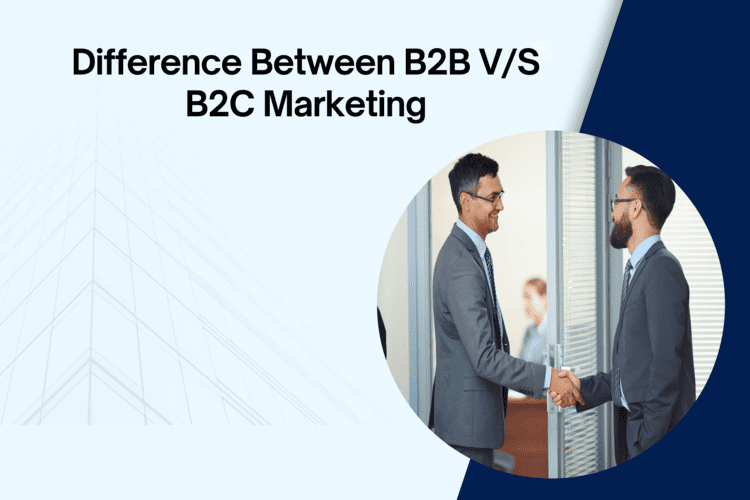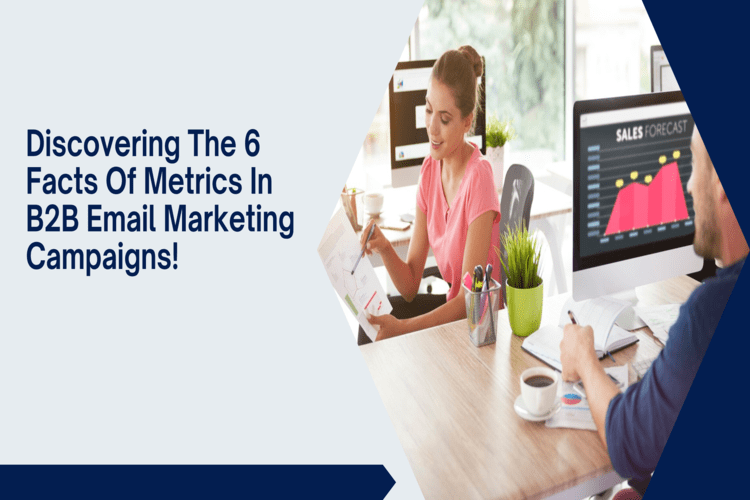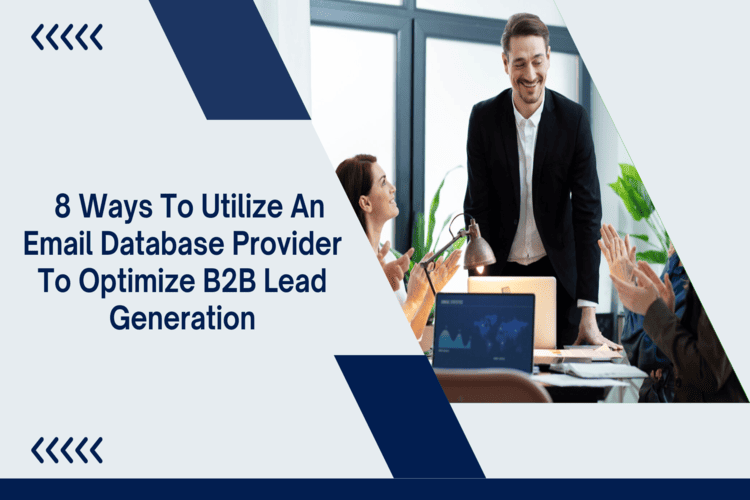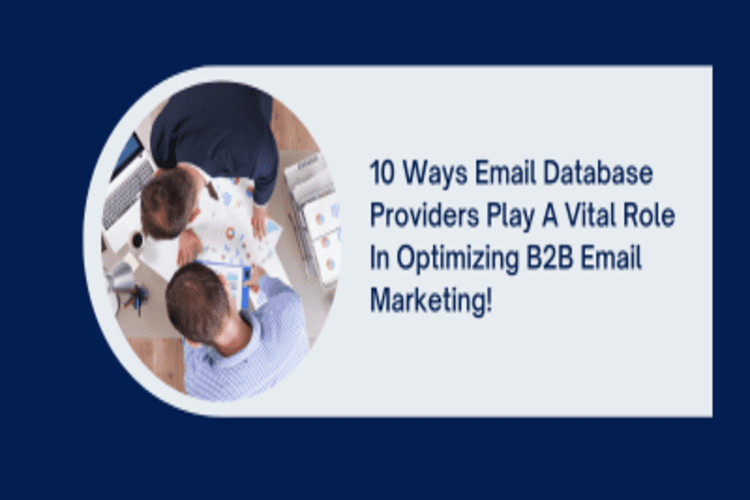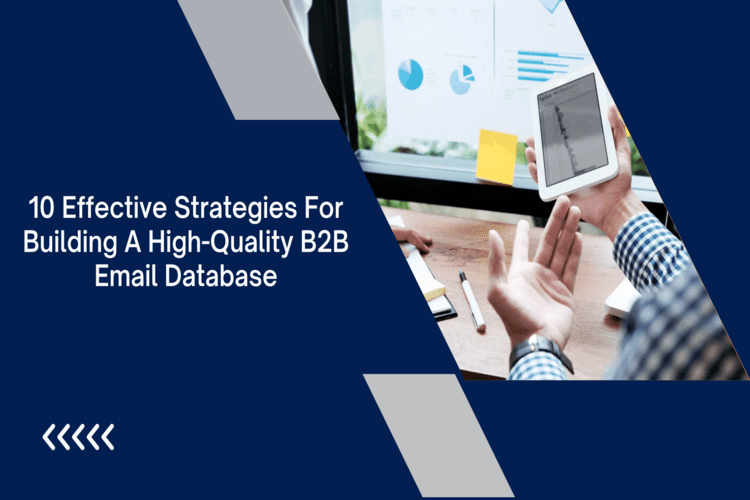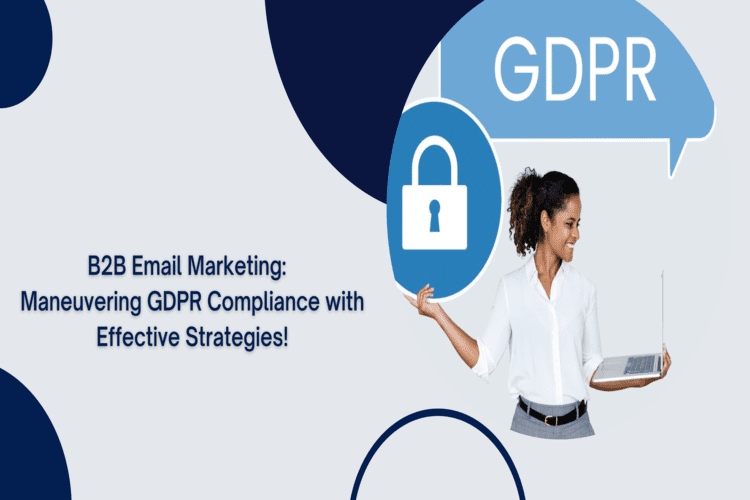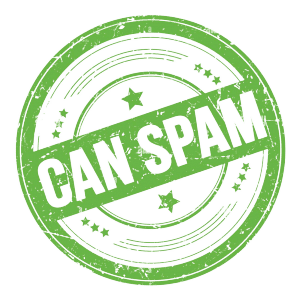7 Biggest B2B marketing Trends for 2024
7 Biggest B2B marketing Trends for 2024 Business-to-business marketing has procured wide exposure in recent years by controlling the market with its efficiency. It enabled individuals and businesses to approach prospects through their advertising strategies. So this led to competence in the marketing industry as well. And now, in 2024, new corporate trends have emerged, including some improvements and innovations.…



